#Woman in The Dunes
Photo

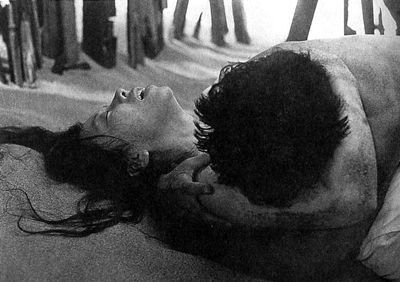
Woman in The Dunes (1964)
875 notes
·
View notes
Text



L'Homme qui ment (Alain Robbe-Grillet, 1968)
Woman in the Dunes (Hiroshi Teshigahara, 1971)
Unknown
#lust#love#relationship#tenderness#seduction#film#movie#films#movies#art#photography#couple#intense#attraction#woman in the dunes#l'homme qui ment
43 notes
·
View notes
Text

砂の女, Suna No Onna (Woman in the Dunes), 1964 - dir. Hiroshi Teshigahara
#hiroshi teshigahara#woman in the dunes#cinema#avant garde cinema#surrealist cinema#movie scenes#japanese cinema#japanese new wave#movie gif#film gif#arthouse cinema
62 notes
·
View notes
Text
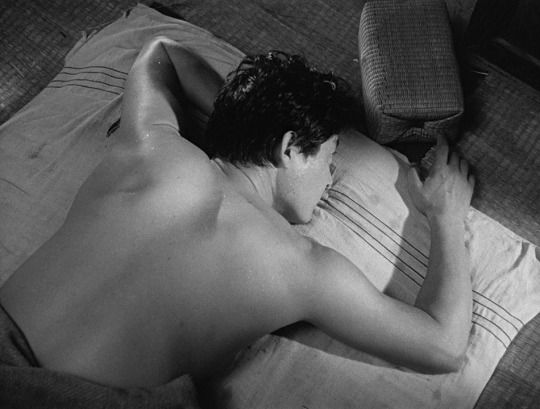

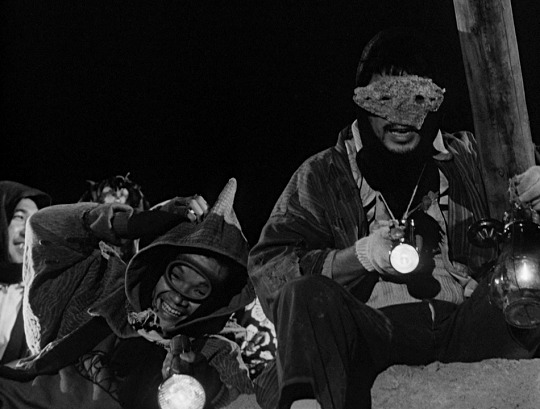

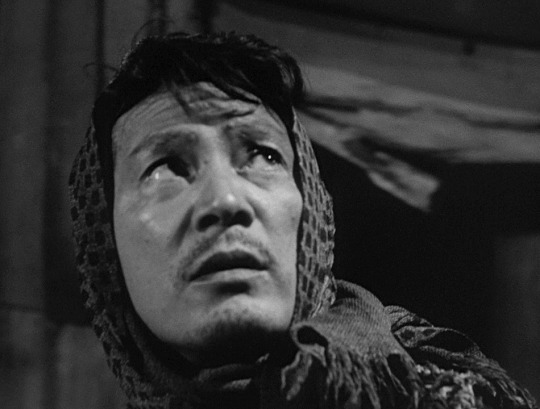

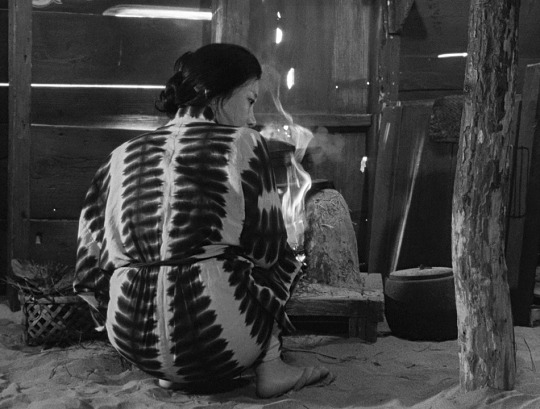
Woman in the Dunes (1964) // dir. Hiroshi Teshigahara
105 notes
·
View notes
Text
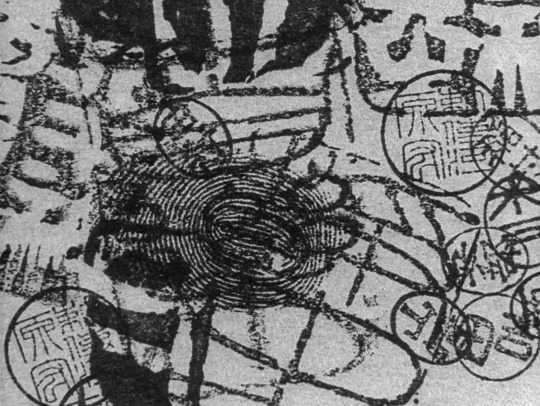



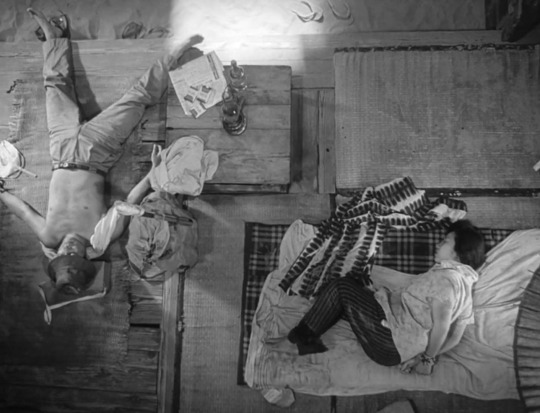


Woman in the Dunes (1964) dir. Hiroshi Teshigahara
269 notes
·
View notes
Text

Diagram inside / outside 50”x40” canvas maybe I’m wrong about the size but who cares
#rich friend#helpless#bellvue#cops#wealth#nftart#Amazon prime funeral#hotdogs in Middletown ny#improvisation of conspiracy#I see the sunset#lou reed#catfood#harvey keitel#Gucci trying to look fun and weird then wealthy douchebags are gonna look fun and weird#tired#woman in the dunes#Yoshiharu Tsuge#yoshikazu ebisu#Dunkin’ Donuts#paul schrader#mike rep#tommy jay#harmonia & eno '76#diabetes#art
233 notes
·
View notes
Text



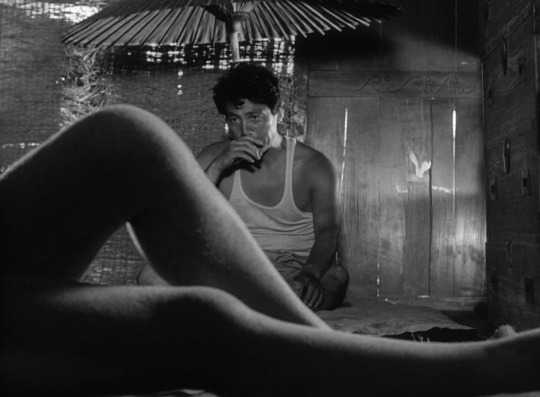

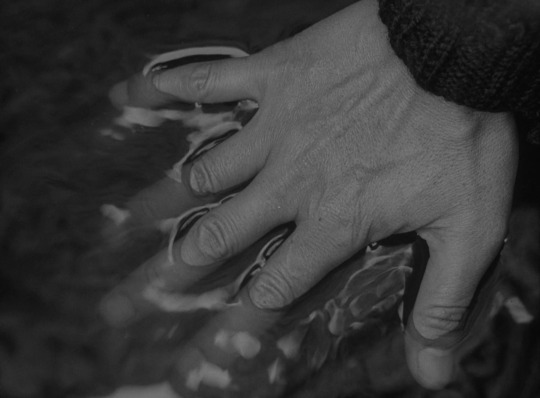

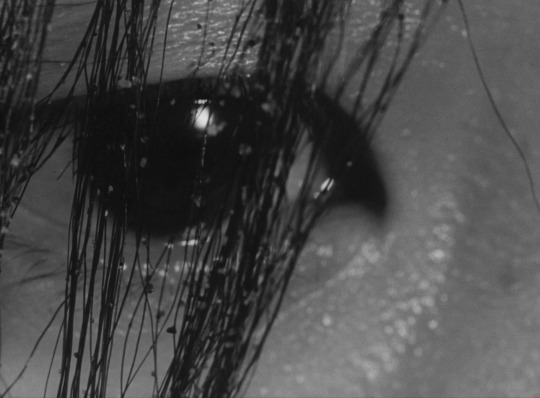
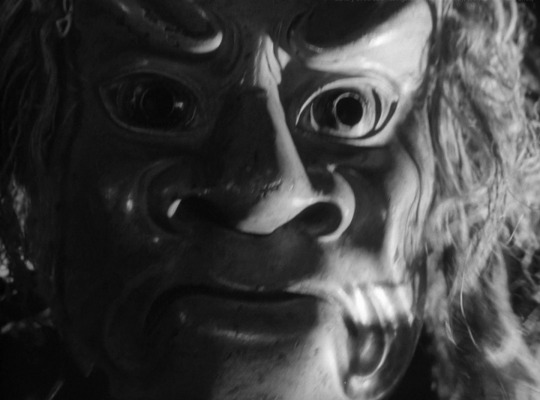

#102
#woman in the dunes#1964#hiroshi teshigahara#kyōko kishida#japanese new wave#1960s cinema#cinematography#movie screengrabs#movie screenshots#movie screencaps#movie frames#movie#movies#cinematography appreciation#escapism through film#the beauty of cinema#films#black and white movies#10 frames from film
114 notes
·
View notes
Photo

Woman in the Dunes, 1966
98 notes
·
View notes
Text
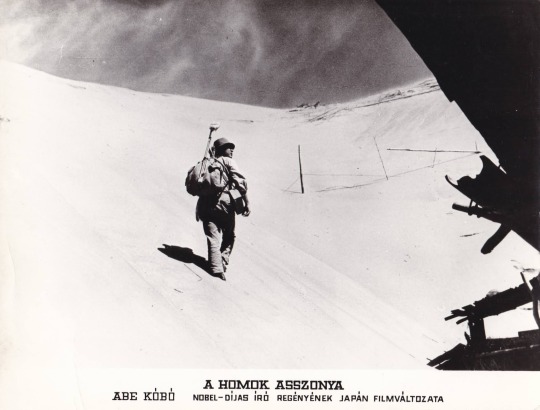
Woman in the Dunes (砂の女, Suna No Onna), Hungarian Lobby Card. 1964
6 notes
·
View notes
Text

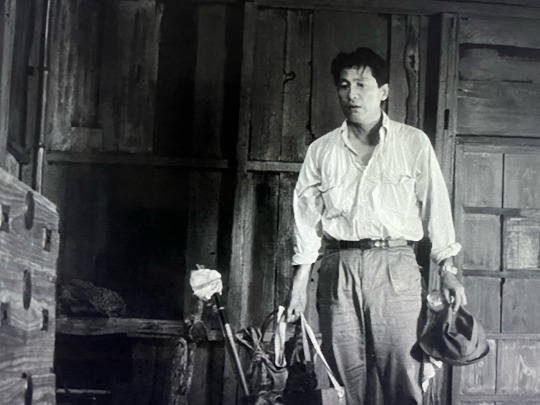
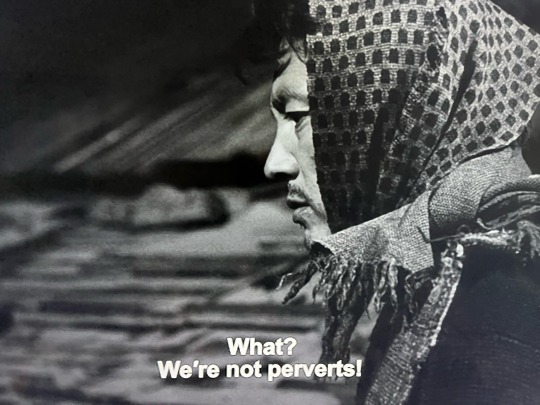
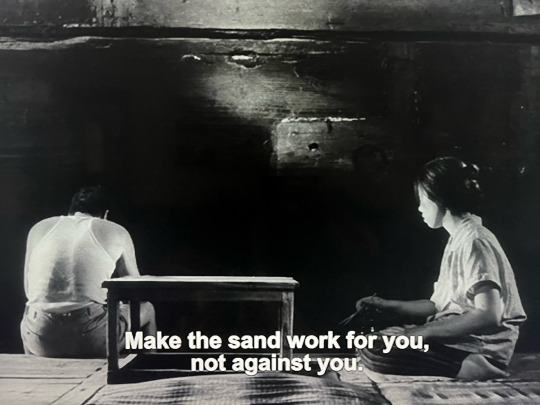





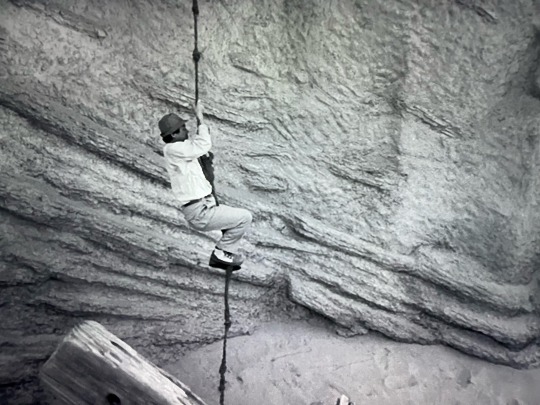
8 notes
·
View notes
Photo


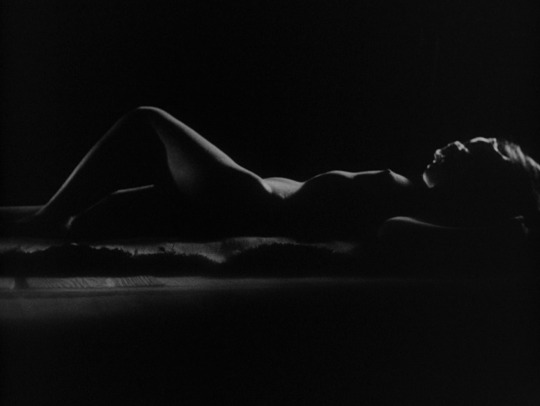

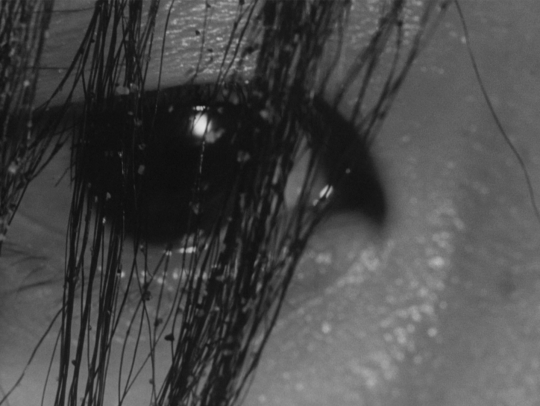


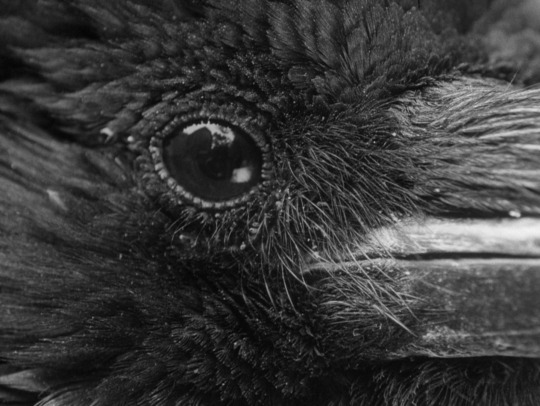

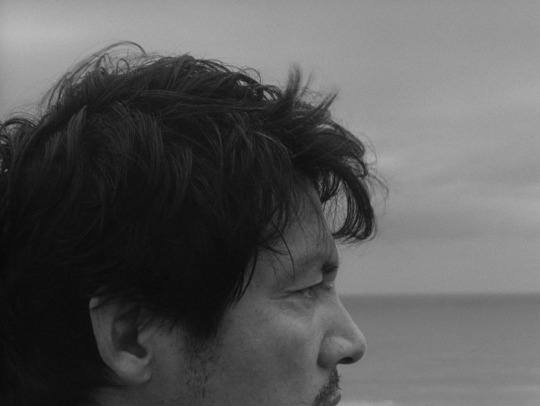
“Woman in the Dunes” (1964) by Hiroshi Teshigahara
#woman in the dunes#Hiroshi Teshigahara#film#cinema#movie#movie stim#film frames#cinematography#japanese film
100 notes
·
View notes
Photo
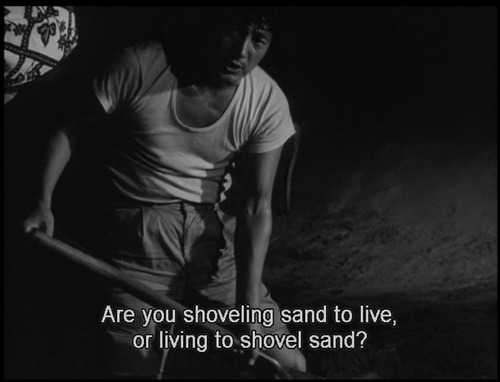
Woman in The Dunes (1964)
396 notes
·
View notes
Video
youtube
grimes - feyd rautha dark heart x 砂の女
#fanedit#grimes#砂の女#woman in the dunes#hiroshi teshigahara#grimezsz#geidi primes#2010#1964#kyoko kishida#kyōko kishida#eiji okada#dune#music#video#youtube#house harkonnen#claire boucher#claire elise boucher#c boucher#suna no onna#feyd rautha dark heart#feyd rautha
5 notes
·
View notes
Text
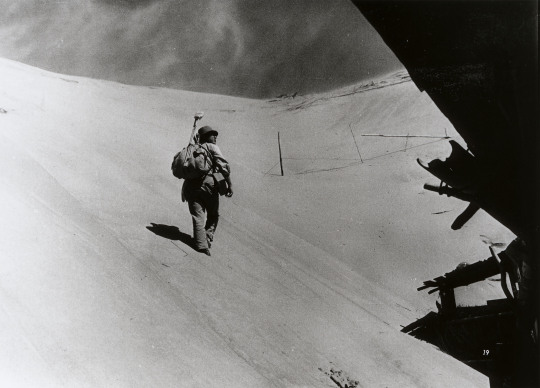




Woman in the Dunes (1964) by Hiroshi Teshigahara
#japan#hiroshi teshigahara#movies#cinema#surrealist art#woman in the dunes#dunes#japan cinema#arthouse#art#letterboxd
57 notes
·
View notes
Photo
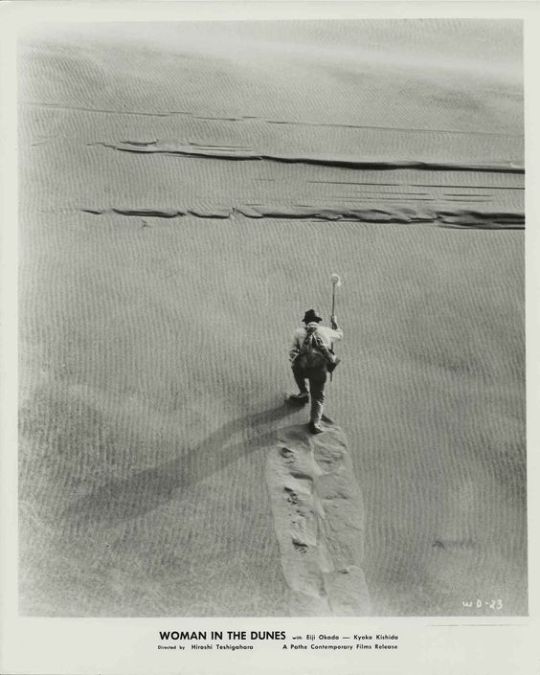
"We have not even to risk the adventure alone, for the heroes of all time have gone before us—the labyrinth is thoroughly known. We have only to follow the thread of the hero path, and where we had thought to find an abomination, we shall find a god; where we had thought to slay another, we shall slay ourselves; where we had thought to travel outward, we shall come to the center of our own existence. And where we had thought to be alone, we shall be with all the world."
—From Joseph Campbell's, "The Hero with a Thousand Faces" (1949)
40 notes
·
View notes
Photo

Eiji Okada in Woman in the Dunes (Hiroshi Teshigahara, 1964)
Cast: Eiji Okada, Kyoko Kishida, Koji Mitsui, Hiroko Ito. Screenplay: Kogo Abe, based on his novel. Cinematography: Hiroshi Segawa. Production design: Totetsu Hirakawa, Masao Yamazaki. Film editing: Fusako Shuzui. Music: Toru Takemitsu.
In the absurdist thriller Woman in the Dunes an entomologist (Eiji Okada, gathering specimens in the sand dunes along the seashore, misses his bus and asks the locals for shelter for the night. He is lodged with a widow (Kyoko Kishida) who lives alone in a shack at the bottom of a pit, but in the morning he discovers that he is trapped, unable to climb from the pit, and forced to stay with her and shovel sand that the villagers collect during the day and exchange for provisions. As the days pass, he tries various ways to escape, but in the end, even though he is given the means to leave, he accepts his lot and remains. There have been efforts to determine what the film "means," as if the whole compelling drama were simply a vehicle for some sort of message. But Hiroshi Teshigahara's film is what it is: a compelling story overlaid with eroticism. Because of the strangeness and even improbability of its setting, it seems to suggest more than it states. It works largely because of the performances of Okada and Kishida, who give their characters a compelling tension, an oscillation between tenderness and violence. The key scene takes place when, after having settled into the routine of their life together, the man pleads with the villagers to let him leave the pit for an hour each day, just to look at the sea. The villagers agree, but with a terrible condition: Wearing hideous masks, they gather at the edge of the pit to watch the man and the woman copulate. In his desperation, the man pleads with the woman to comply, and when she refuses he attempts to rape her. Teshigahara's direction, Hiroshi Segawa's cinematography, and Toru Takemitsu's music add to the horror of the scene, just as they make the entire film extraordinarily memorable, if not some kind of statement about the human condition.
9 notes
·
View notes